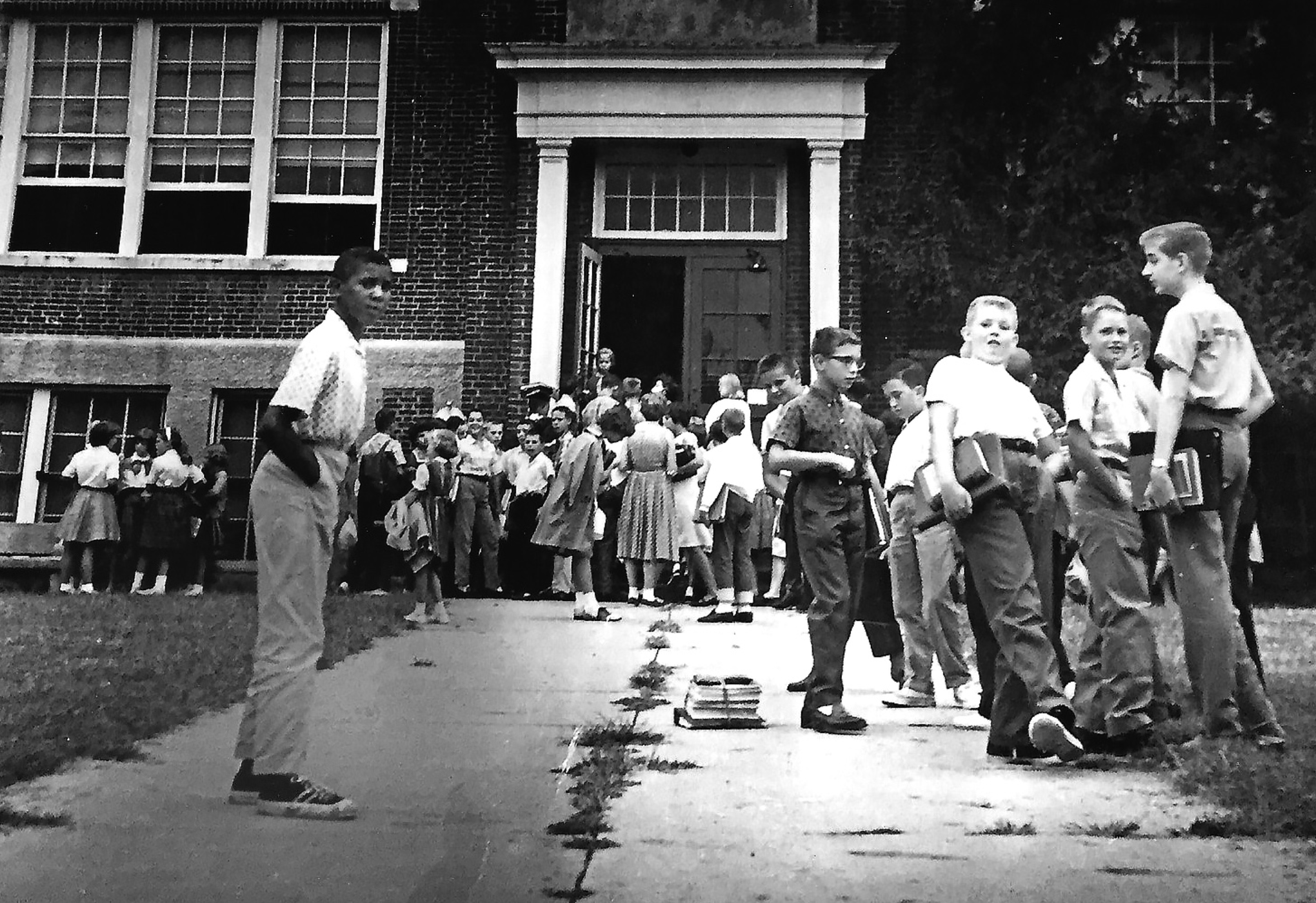End Of School Desegregation Order: Implications For Education

Table of Contents
Increased School Segregation and its Impact on Academic Achievement
The landmark Brown v. Board of Education decision in 1954 declared state laws establishing separate public schools for black and white students unconstitutional. While this marked a significant step towards educational equity, the path to true integration has been long and arduous. Decades of effort, including court-ordered busing and desegregation plans, have yielded progress, but the potential end of these orders threatens to unravel hard-won gains.
The dismantling of desegregation orders could lead to a resurgence of school segregation, driven by factors such as residential segregation, school choice programs, and subtle forms of discriminatory practices. This re-segregation carries profound consequences for academic achievement.
- Increased achievement gaps: Re-segregation would likely exacerbate existing achievement gaps between racial and socioeconomic groups, leaving minority students at a significant disadvantage.
- Limited access to resources: Schools in predominantly minority neighborhoods often face underfunding and lack access to quality teachers, advanced courses, and vital educational resources. The end of desegregation orders could worsen these disparities.
- Negative impact on social and emotional development: Diverse learning environments foster social and emotional growth. A return to segregated schools could limit opportunities for students to interact with individuals from different backgrounds, hindering their development.
- Increased racial tension: Segregated schools can contribute to increased racial tension and conflict, creating an unwelcoming and unproductive learning environment for all students.
Impact on Educational Equity and Access to Resources
Desegregation orders have historically played a crucial role in ensuring equitable resource allocation across schools. The end of these orders could lead to a significant rollback in these advancements. We could see a resurgence of disparities in funding, teacher quality, and curriculum offerings.
- Underfunded schools: Predominantly minority schools are more likely to be underfunded, lacking the necessary resources to provide a quality education.
- Lack of access to advanced courses: Limited access to advanced placement (AP) courses and extracurricular activities further restricts opportunities for minority students, hindering their college prospects.
- Teacher shortages: Under-resourced schools frequently experience teacher shortages, impacting the quality of instruction and student outcomes.
- Unequal access to technology: Access to technology and other essential educational resources can be significantly unequal, exacerbating the achievement gap between segregated schools.
Legal and Political Ramifications of Ending Desegregation Orders
The legal challenges to desegregation orders have been ongoing, with varying interpretations and rulings from the Supreme Court. The political landscape also plays a significant role, with differing opinions on the role of government in ensuring educational equity.
- Supreme Court rulings: Supreme Court rulings and their interpretations have shaped the legal landscape of school desegregation, and future rulings will continue to influence the trajectory of school integration.
- State-level legislation: State-level legislation plays a critical role, with some states actively working to dismantle desegregation efforts while others strive to maintain integration.
- Role of civil rights organizations: Civil rights organizations continue to play a vital role in advocating for desegregation and challenging discriminatory practices.
- Potential for legal battles: The end of desegregation orders is likely to lead to further legal battles and lawsuits as advocates fight to protect the rights of minority students.
The Role of School Choice in Shaping Educational Outcomes
School choice programs, while intended to enhance educational opportunities, can inadvertently exacerbate or mitigate segregation depending on their design and implementation.
- Increased segregation: Some school choice programs can lead to increased segregation if families self-select into schools based on racial or socioeconomic factors.
- Potential for increased equity: Conversely, carefully designed school choice programs can promote equity by providing students in under-resourced schools with access to better educational opportunities.
- The need for oversight and regulation: Robust oversight and regulations are essential to prevent discriminatory practices and ensure that school choice programs promote, rather than hinder, integration.
Conclusion
The potential end of school desegregation orders carries significant implications for education in America. Increased school segregation, unequal access to resources, and negative impacts on academic achievement are real and serious risks. The fight for educational equity is far from over. We must remain vigilant, actively engaging in discussions and advocating for equitable educational opportunities for all children, regardless of their background. The legacy of the fight for school desegregation must continue to inspire a commitment to inclusive and equitable education for every student. Let's work together to ensure that the dismantling of desegregation orders does not lead to a return to a segregated and unequal educational system. We must continue to advocate for policies that actively promote desegregation and educational equity for all.

Featured Posts
-
 Fortnite Down Detector Checking Server Status For Update 34 30
May 02, 2025
Fortnite Down Detector Checking Server Status For Update 34 30
May 02, 2025 -
 13 Kesepakatan Kerja Sama Ri Turkiye Hasil Kunjungan Presiden Erdogan
May 02, 2025
13 Kesepakatan Kerja Sama Ri Turkiye Hasil Kunjungan Presiden Erdogan
May 02, 2025 -
 Remembering Ted Kotcheff Director Of Rambo First Blood And More
May 02, 2025
Remembering Ted Kotcheff Director Of Rambo First Blood And More
May 02, 2025 -
 Justice Sought By India Analyzing Rubios De Escalation Proposal
May 02, 2025
Justice Sought By India Analyzing Rubios De Escalation Proposal
May 02, 2025 -
 Ahead Computings 21 5 Million Seed Funding Round
May 02, 2025
Ahead Computings 21 5 Million Seed Funding Round
May 02, 2025
